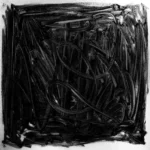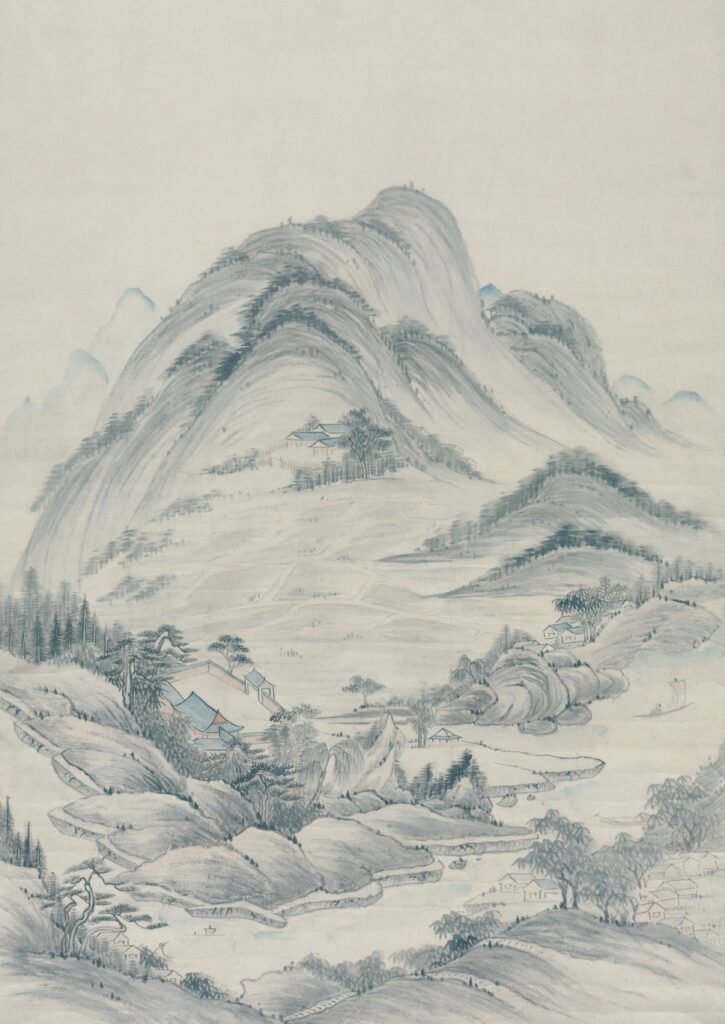Hanmi Semiconductor CEO & Vice Chairman Kwak Dong Shin showcases its product on April 7, 2022, at its headquarters in South Korea (File photo by Moon-Chan Hur)
Global chip packaging equipment manufacturers enjoyed surging demand with their share prices skyrocketing thanks to the rapid growth in the artificial intelligence industry.
South Korean Hanmi Semiconductor Co., Japanese Disco Corp. and Dutch BE Semiconductor Industries N.V. (Besi) are key beneficiaries as chip packaging – putting chips into protective casing and connecting them with power and other components – became more important amid difficulties in the development of ultra-fine process technology with one nanometer of less despite the fast expansion in AI, which requires faster chips.
The H100, the global AI chip leader Nvidia Corp.’s graphics processing unit (GPU) chip, maximizes its performance through packaging processes.
“Some customers asked to establish production lines and manufacture sufficient equipment, saying they will make payments in advance,” said a chip equipment maker official.
Such a boom bolstered their share prices. Hanmi’s stock prices have nearly tripled to 175,400 won ($126.3) as of Monday so far this year, while Disco’s share prices have almost doubled to 63,200 yen ($395.7).
The global chip packaging equipment industry was expected to grow rapidly, industry sources said. The sector was forecast to increase 48.8% to $61 billion by 2028 from $41 billion last year, according to the semiconductor information platform Techinsights Inc. That compared with a 35.8% growth in chip equipment for entire processes.
DOMINATES WAFER GRINDER, DICING SAW MARKET
Disco CEO Kazuma Sekiya has made more business trips this year than usual mostly to ask clients’ understanding as the Japanese company has yet to supply as many products as customers wanted.
Disco found in 1937, which manufacturers wafer grinders and wafer dicing saws, makes up about 70% of the global market.
Its operating income for the fiscal year ended on March 31 rose 10% to 121.5 billion yen as sales grew 8.2% to 307.6 billion yen.
TO SIGN DEALS WITH SAMSUNG AFTER MICRON
Hanmi is strong at thermal compression (TC) bonders, an essential device for high bandwidth memory (HBM) chips that attaches semiconductor chips to substrates through thermos compression.
The South Korean company is increasing customers. The supplier to SK Hynix Inc., the world’s second-largest memory chipmaker, agreed to inked a 22.6 billion won TC bonder deal with Micron Technology Inc. in April.
Hami is expected to sign similar contracts with Samsung Electronics Co., the world’s top memory chipmaker.
HYBRID BONDING
Besi is the world’s top manufacturer of die attach systems used in the semiconductor industry to attach a silicon chip to the die pad of a semiconductor package’s support structure, such as a leadframe or metal can header with a market share of 40%.
Besi, the so-called hope of the Dutch semiconductor equipment industry to succeed the world’s biggest maker of semiconductor equipment ASML Holdings N.V., secured a rock-solid position in the hybrid-bonding system, which will be applied to the HBM4 to be manufactured next year.
Hybrid bonding is a new assembly technique that helps the connection of multiple chipsets using direct copper interconnects. It allows for an increase in the chip contact density. As lengths of interconnect wiring are shorter, it is much easier to build 3D structures.
Besi announced in May that it won an order for hybrid bonding systems from a leading semiconductor logic manufacturer. The order is for the company’s latest generation system incorporating 100 nanometers (nm) placement accuracy.
By Jeong-Soo Hwang
hjs@hankyung.com
Jongwoo Cheon edited this article.















